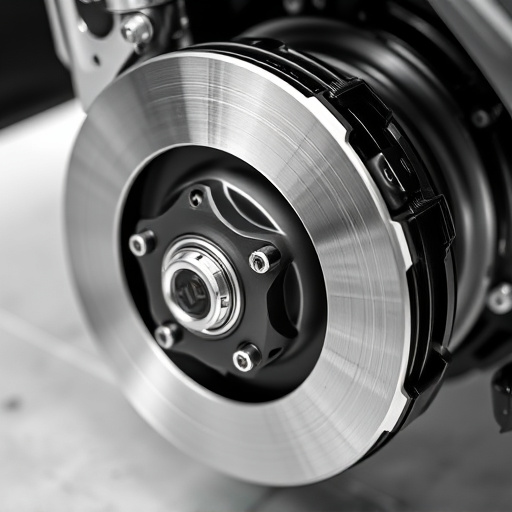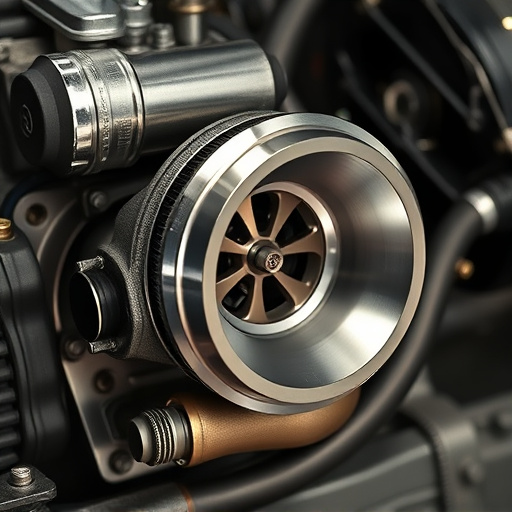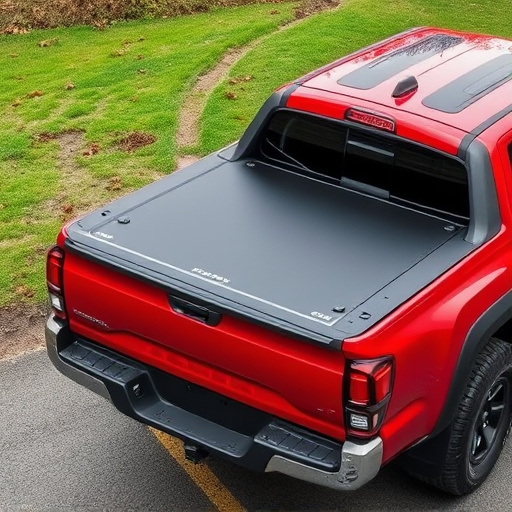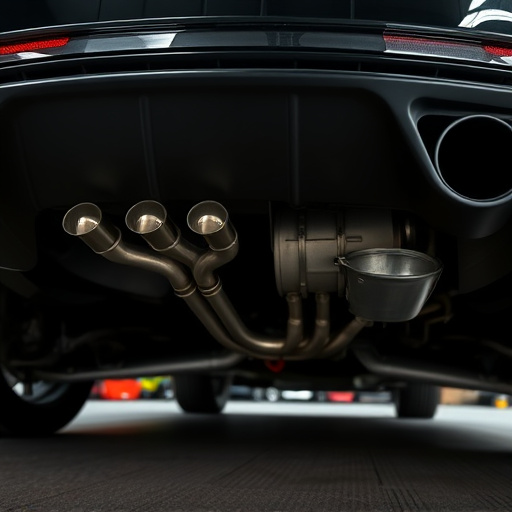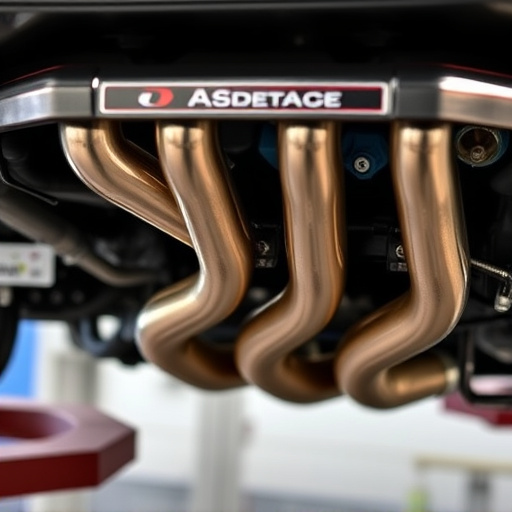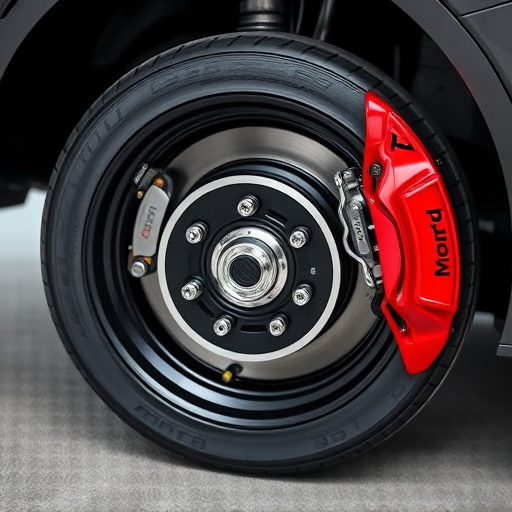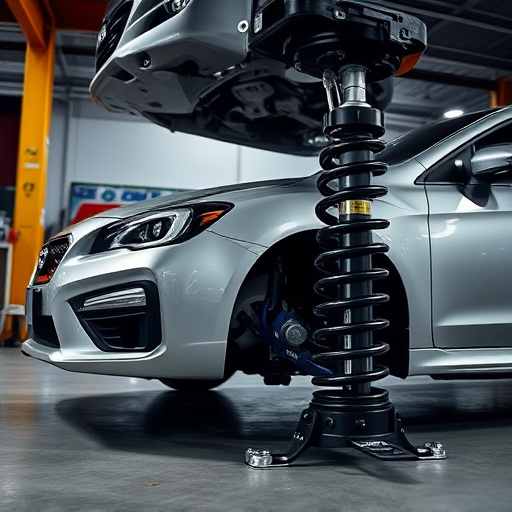Short tube headers significantly enhance engine performance and efficiency by improving airflow, reducing backpressure, and facilitating efficient heat dissipation. Strategic placement within the engine bay optimizes airflow and exhaust flow, while creative design choices minimize noise levels and improve exhaust sound. To maximize benefits, ensure proper sizing, integrate high-flow air filters, and replace conventional mufflers with cat-back exhaust systems for increased power, torque, and driving pleasure.
Maximize your vehicle’s performance with strategic short tube header placement. This article guides you through understanding the profound impact of short tube headers on efficiency, revealing optimal placement techniques for enhanced power and torque. Learn expert tips and best practices to optimize your engine’s potential, ensuring every component works in harmony. Discover how the right setup can transform your driving experience, all while leveraging the advantages of short tube headers.
- Understanding Short Tube Headers' Impact
- Strategic Placement Techniques Revealed
- Optimizing Performance: Tips and Best Practices
Understanding Short Tube Headers' Impact
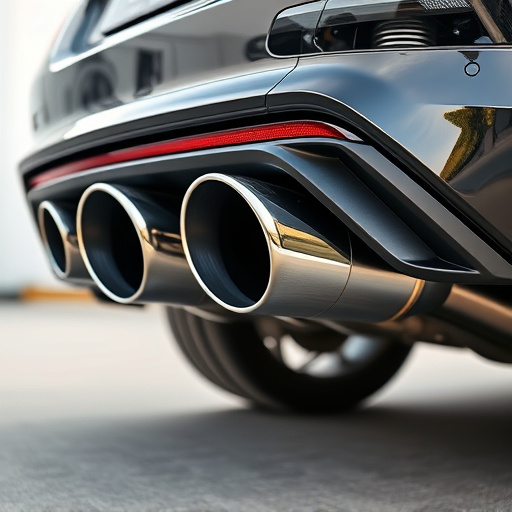
Short tube headers are a key component in optimizing engine performance and efficiency. Their design, which involves shorter, more compact tubes compared to traditional headers, offers several advantages. One of the primary impacts is improved airflow; the shorter tubes reduce backpressure, allowing for better air intake systems and exhaust systems, thereby enhancing overall performance brakes. This streamlined flow ensures that the engine receives a consistent and ample supply of air, resulting in increased power and torque.
Furthermore, short tube headers contribute to more efficient heat dissipation. The reduced length minimizes the time taken for gases to travel through the system, decreasing temperature buildup. This is particularly beneficial for maintaining optimal operating temperatures, especially during prolonged use or extreme conditions. By managing heat better, these headers support not just enhanced performance but also prolongs the lifespan of various components, including exhaust systems and air intake systems.
Strategic Placement Techniques Revealed
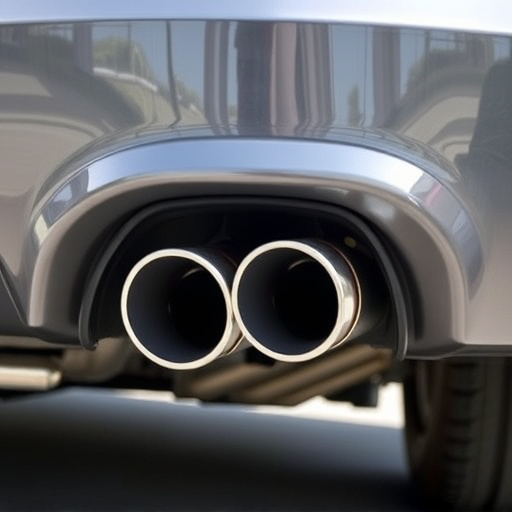
In the quest for maximizing efficiency in automotive engineering, strategic placement of short tube headers plays a pivotal role. This technique involves carefully positioning the headers within the engine bay to optimize airflow and exhaust flow, thereby enhancing overall performance. By strategically routing the tubes, engineers can ensure that the hot gases from the combustion chamber are swiftly expelled, allowing for a more efficient burning process and improved fuel utilization.
The placement of short tube headers often incorporates creative design choices such as offsetting headers or angling them to align with specific components like cold air intakes or muffler tips. This strategic positioning not only reduces backpressure but also facilitates the flow of cooler, denser air into the engine, leading to increased power and torque. Moreover, it can help in minimizing noise levels and improving the overall sound signature of the exhaust system, catering to both performance enthusiasts and those seeking a refined driving experience.
Optimizing Performance: Tips and Best Practices
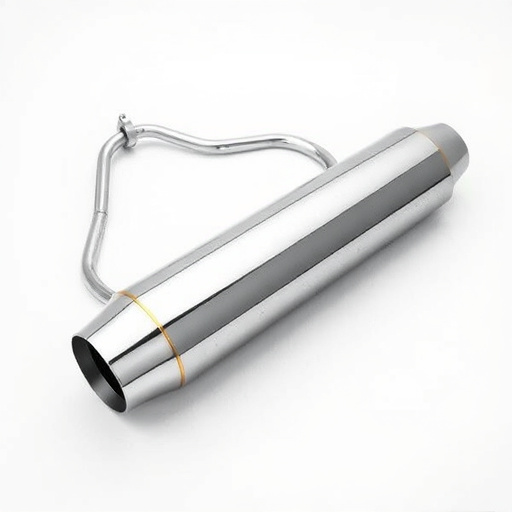
To optimize the performance of your vehicle with short tube headers, consider these tips and best practices. First, ensure proper header sizing; an optimal design should flow seamlessly into the engine’s combustion chamber, minimizing restrictions for maximum efficiency. This means aligning the header’s dimensions with the engine’s specific requirements for intake and exhaust gas flow.
Additionally, integrate high-flow performance air filters to enhance airflow, which can significantly boost power output. Replace conventional muffler tips with performance-tuned exhaust components like a cat-back exhaust system to reduce backpressure and facilitate smoother gas flow. These modifications not only improve overall performance but also contribute to a more responsive driving experience.
Short tube headers can significantly enhance engine performance and efficiency. By strategically placing them, you can optimize airflow, reduce backpressure, and improve overall engine output. Following the best practices outlined in this article will help you harness the full potential of short tube headers, ensuring your vehicle delivers peak performance.







